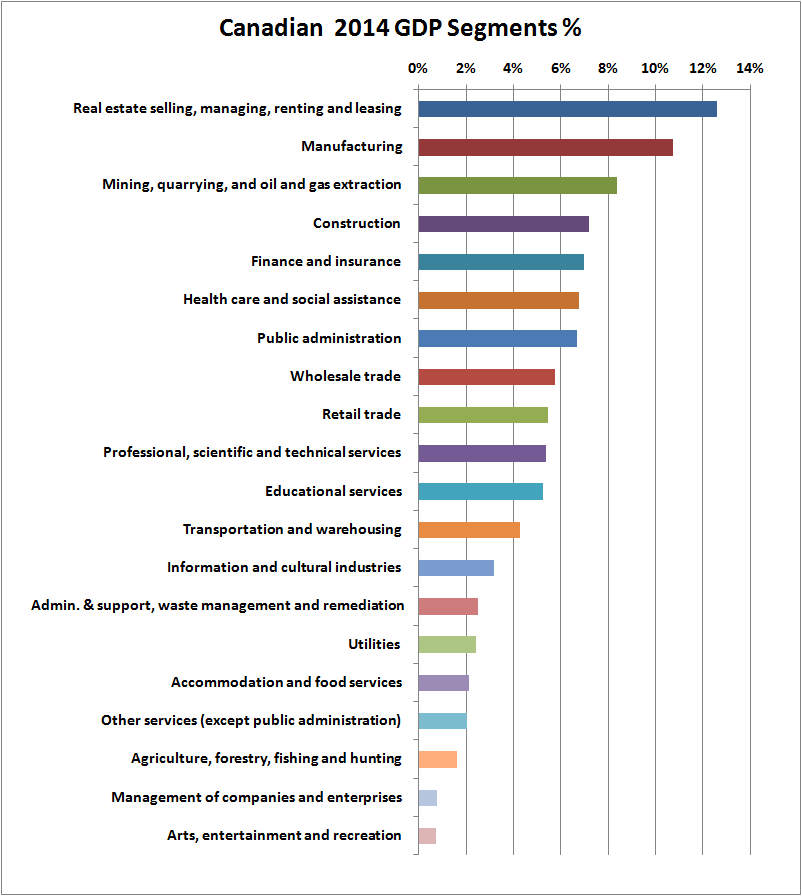Re: A Tale of Two Economies...
I don't think it is possible to achieve a perfectly correct result when one is making assumptions about economic history. There are far too many variables. In addition to the points you make there is the assumption that fiscal and monetary policies would have been the same in the two scenarios, and that the national labour force size was unaffected by Alberta's outperformance (unlikely).
The methodology employed looked at the average annual growth rate in employment in each of the ten Canadian Provinces over the two decade period from 1995 to 2014. During the first seven years of that period oil prices were generally falling or flat. Nevertheless, Alberta's average employment growth rate was the highest in the country at 2.5% per annum, well ahead of second place Ontario (1.44%) and double that of my home Province of British Columbia (1.23%). Five Provinces had employment growth rates of less than 1% per annum during that period. High petroleum prices alone simply cannot account for that difference.
The methodology was quite simple; the author made the assumption that Alberta's employment growth rate from 1995 was reduced to be equal to the actual Ontario experience, and used that to estimate the difference in outcome. The author is clear about the limitations of the methodology and that there are no multi-variable econometric models being used in the analysis. His point is merely that current Canadian employment statistics (and current economic policy circumstances) are likely to have been considerably poorer in the absence of Alberta's long period of outperformance.
Originally posted by jk
View Post
The methodology employed looked at the average annual growth rate in employment in each of the ten Canadian Provinces over the two decade period from 1995 to 2014. During the first seven years of that period oil prices were generally falling or flat. Nevertheless, Alberta's average employment growth rate was the highest in the country at 2.5% per annum, well ahead of second place Ontario (1.44%) and double that of my home Province of British Columbia (1.23%). Five Provinces had employment growth rates of less than 1% per annum during that period. High petroleum prices alone simply cannot account for that difference.
The methodology was quite simple; the author made the assumption that Alberta's employment growth rate from 1995 was reduced to be equal to the actual Ontario experience, and used that to estimate the difference in outcome. The author is clear about the limitations of the methodology and that there are no multi-variable econometric models being used in the analysis. His point is merely that current Canadian employment statistics (and current economic policy circumstances) are likely to have been considerably poorer in the absence of Alberta's long period of outperformance.







Comment